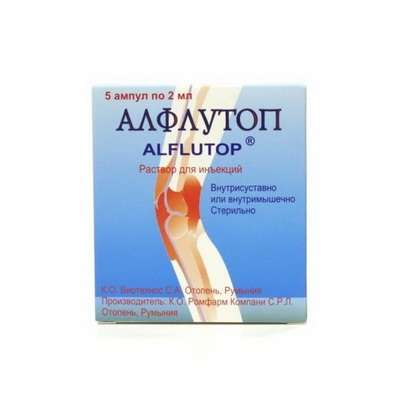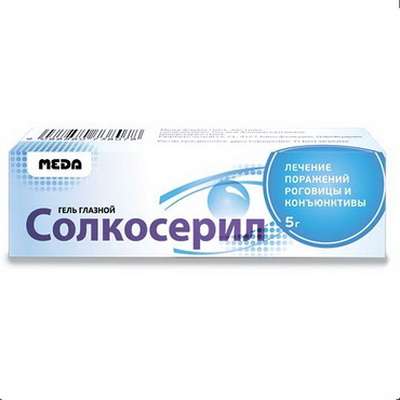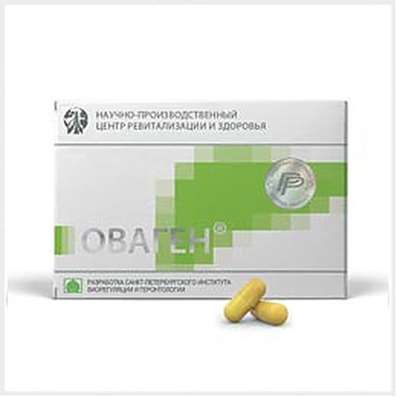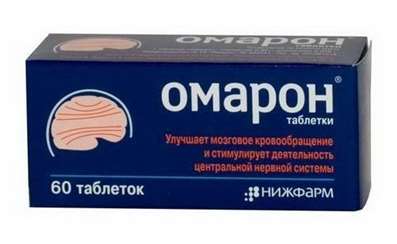Anemia: Symptoms and Treatment
12 Dec 2016
Cardiologist Dr. Doping tells about the causes of anemia, iron deficiency, and normal levels of hemoglobin in the blood.
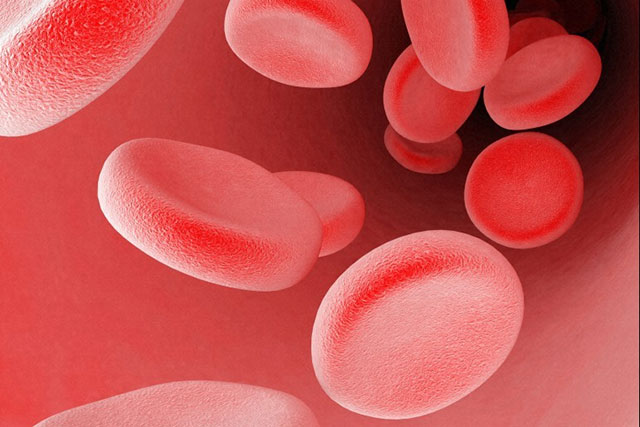
Anemia (or, in simple terms, anemia) is a decrease in the number of oxygen-carrying red blood cells (RBCs), or reduce the number of key oxygen-carrying protein (hemoglobin), below a certain value. Normal levels of hemoglobin and red blood cells are different in different groups of patients, they are associated with age and sex. Men hemoglobin higher in women it is usually lower. The same applies to the number of red blood cells.
Symptoms of anemia
Symptoms of anemia are very similar for all of its varieties, but depending on the severity. If the body decreases the amount of hemoglobin or red blood cells that carry oxygen, there are serious problems with the delivery of oxygen to organs and tissues. Without oxygen it is impossible to develop energy from food components. Therefore, people with anemia develops severe weakness and sharply reduced exercise tolerance. They feel fatigue, lack of vitality and energy. Such feelings often appear already when the hemoglobin to a level below 10 g / l. When the hemoglobin level drops to below 8.7 g / l, in humans there is a strong weakness.
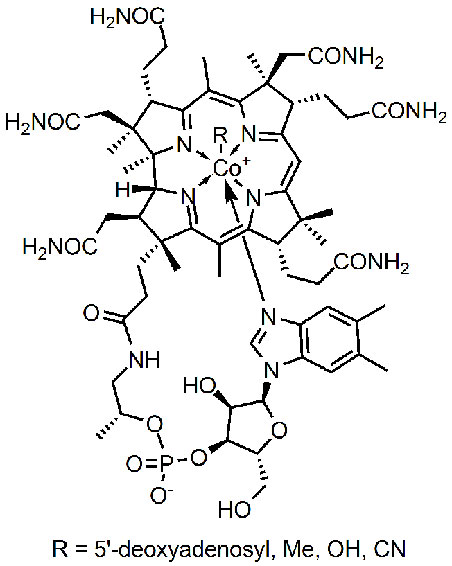
The critical value is a hemoglobin level of 6 g / l. People who have seen anemia with decreased hemoglobin below 6 g / l, a blood transfusion is needed. A drop in hemoglobin is less than 5 g / l requires an emergency blood transfusion. In such patients, besides weaknesses we can observe more severe symptoms. They have a shortness of breath, because the person is trying to breathe more often to compensate for the lack of oxygen due to the shifting of lung function. Also, there is tachycardia, that is, the heart begins to beat faster to pump more in a minute amount of blood through the vessels. In addition, when hemoglobin drops below 9 g / l is usually marked blanching of the skin, lips and sclera. Therefore, the diagnosis of anemia is often set on the basis of clinical symptoms. An experienced physician, seeing the patient pale, may suspect a decrease in hemoglobin or red blood cells.
Causes of anemia
Historically, early XXI century first described types of anemia associated with red cell destruction. Such destruction of red blood cells is called "hemolysis". Hemolysis can sometimes be seen in vitro. If you pick the wrong blood, red blood cells burst, hemoglobin is poured into a test tube and poured into the plasma. The same can happen and inside vessels. Red blood cells can be destroyed by a variety of reasons - from genetic defects to a long run on the solid substrate (march anemia) and receiving various medications.
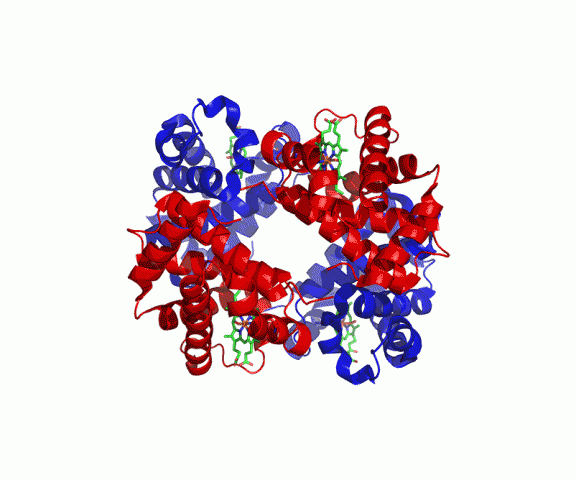
There are lots of genetic polymorphisms, which lead to incorrect or hemoglobin synthesis or to what appears in the erythrocyte modified enzyme systems which, when taking certain medications contribute to the destruction of erythrocytes. In particular, this lack of glucose-6-phosphate dehydrogenises. Another type of hemolytic anemia - sickle cell anemia. People who have the heterozygous form of sickle cell disease are more resistant to malaria parasites. Heterozygote for genes of sickle cell disease are more likely to survive in Africa in an environment where there is a significant risk of infection with the malaria plasmodium (it is more difficult to infect their modified red blood cells). But if both parents were heterozygous form of sickle cell disease in the offspring are at risk of the disease homozygous form of the disease, and it will be very severe anemia.
The destruction of red blood cells with the appearance of hemolytic anemia in infants is associated with the mother's Rh-conflict and child. This is accompanied by the characteristic jaundice associated with the accumulation in the skin of products of hemoglobin breakdown.
One can treat anemia with Cyanocobalamin injection, Pyridoxine injection, Dexamethazone, Bonomarlot, Nootropil, Prednisolon.
The most common cause of anemia is a lack of iron in the body. The iron part of hemoglobin is oxygen carrier. If the body receives little iron, there is a lack of hemoglobin. Iron deficiency occurs when the wrong diet, iron deficiency income and problems with its absorption. Many patients with severe diseases of reduced iron absorption, even if they get enough of it from food.
It is also one of the most common causes of anemia is bleeding. That is logical that blood loss, including bleeding from the stomach or intestine, will lead to the fact that the number of erythrocytes and hemoglobin will decrease. A small but chronic blood loss may lead to iron deficiency. In particular, women who are constantly experiencing excessive physiological blood loss, iron deficiency anemia is often observed mild. Another cause of anemia is a problem with the intake of vitamins, essential for the synthesis of hemoglobin. These problems can be caused by lack of Vitamin B12(Cyanocobalamin) and folic acid in the diet. In particular, B12 deficiency can occur in hard vegetarians (vegans), and people who suffer from diseases of the stomach.
To deliver Vitamin B12 (Cyanocobalamin) into the body, it is necessary delivery factor of Castle gastric mucosa. Therefore, in patients with gastritis can often be observed B12-deficiency anemia because the suction factor is not synthesized in sufficient quantities and vitamin B12 is not absorbed even when sufficient supply of food. Another factor - folic acid. Its deficit is observed in patients with certain genetic defects and those who abuse alcohol. A large group of causes of anemia is associated with a reduction in the number of red blood cells, which is due to problems with the kidneys and various severe chronic diseases. This is due to the regulation of the amount of erythrocytes. In response to a decrease in the amount of oxygen in the blood are activated special factor HIF-1. Thereafter kidney give a signal to increase the number of erythrocytes, in the blood synthesizing hormone erythropoietin. This is the hormone that may apply athletes trying to enhance athletic performance. Normally it is synthesized in the kidney reducing the amount of oxygen to naturally increase the number of red blood cells. If the amount of erythropoietin declines in kidney diseases and various chronic diseases, and decrease the number of red blood cells.
Types of anemia
Anemia is divided into different groups according to the volume of red blood cells, the number of erythrocytes and hemoglobin in the way hematopoietic germ responsive anemia. The proper response of hematopoietic growth in the presence of anemia - strengthening and accelerating the formation of red blood cells. For example, when blood loss increases the number of reticulocytes, immature red blood cells. These types of anemia called hyper-regenerative (from the word "regeneration"). And by reducing the amount of erythropoietin develop hypo-regenerative types of anemia.
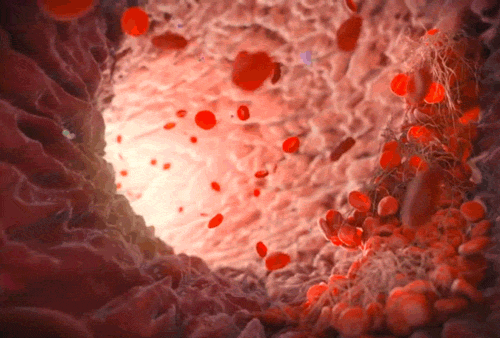
The volume of red blood cells and the amount of hemoglobin inside it depends on the amount of iron and vitamin B12 in the body. In terms of anemia, red blood cells are divided into microcytic, normocytic and macrocytic. In the case of types of anemia macrocytic corpuscular volume increases, microcytic decreases and decreases as the number of red blood cells forms normocytic anemia, but its volume is not changed. The same happens regarding erythrocyte hemoglobin saturation. Each red blood cell may be different amounts of hemoglobin. By reducing the amount of hemoglobin in the red blood cell decreases the color indicator, so anemia with a decrease in the amount of hemoglobin called hypochromic. Some anemia with increasing flow amount of hemoglobin in an individual erythrocyte while reducing the total number of erythrocytes, and these are called hyperchromic anemia. And there is anemia, which do not change the amount of hemoglobin in a single red blood cell. They are called normochromic.
Iron deficiency anemia is usually hypochromic microcytic and. Because iron deficiency decreases as the volume of red blood cell and hemoglobin within the red blood cell. Anemia associated with deficiency of B12 and folic acid, as a rule, macrocytic. That is, when these anemias fewer erythrocytes, but increases the volume of each red blood cell, because when the key B12 deficiency is the complexity of the formation of new red blood cells, while the adaptive responses as the body increases their volume.
The most "complicated" in terms of diagnostic types of anemia - is normochromic and normocytic species in which the number of red blood cells is reduced, but the volume of red blood cells is not changed, and the amount of hemoglobin in a red blood cell is normal. Such anemia are associated with severe chronic diseases, kidney disease, when the kidneys do not synthesize sufficient amount of erythropoietin. Such anemia observed in cancer because the tumor may produce substances that reduce the formation of red blood cells. It turns out that when the normal amount of vitamin B12, folic acid and iron deficiency anemia is still developing. However, it normocytic (normal volume of red blood cells) and normochromic (normal quantity of hemoglobin in red blood cells).
Treatment of anemia
Treatment of anemia depends on what has caused anemia. If iron deficiency anemia, the iron preparations are administered intravenously. At the same time the iron in oral form is very poorly absorbed, so it is extremely inefficient. In most cases, it is necessary to intravenous iron compounds. If the anemia is associated with bleeding, you need to find the source of bleeding and stop it. When B12-deficiency anemia is necessary to examine the stomach and eliminate hematological malignancies (threatening bone marrow diseases, colloquially called by the incorrect blood cancer). If the problem is in the stomach, it is necessary to improve its function and simultaneously enter the vitamin B12 and folic acid if it is marked disadvantage. Severe anemia, particularly in cancer patients treated by administration of iron and iron preparations, and can also be applied erythropoietin. In some cases it is necessary and administration of erythropoietin and iron and vitamin B12 (Cyanocobalamin).
And only if the hemoglobin begins to fall below 6 g / l, it is appropriate to transfuse the donor erythrocyte weight to achieve an acceptable level of hemoglobin. But modern strategy of anemia treatment says that if it is not an acute condition, especially not blood loss, then you need as far as possible try to adjust the parameters of blood by intravenous iron supplements, B12 and erythropoietin, but as long as possible not to resort to red blood cell transfusions because it is potentially much more dangerous procedure.
In practice, the increase in the number of red blood cells and hemoglobin in patients who have long suffered from anemia, regardless of its cause, often resulting in a dramatically enhanced well-being. Even heavy patients with stage IV cancer can feel the rush of vitality and a reduction in the degree of weakness and shortness of breath for anemia correction.
Recent research in the field of anemia
In recent years, much expanded range of markers and analyzes of steel makes it easier and faster, which allows to identify the causes of anemia. Simplified laboratory diagnosis of anemia. Modern research has mainly devoted himself to do effective drugs for the treatment of anemia. In particular, recently it has been developed with carbo-xymaltoze iron compound. High doses of iron associated with severe irritation of the inner shell of the vein, and new drugs to minimize the risk of damage to the veins and small blood vessels with the introduction of large amounts of iron. Perfection and erythropoietin, appear more stable formulations, which are suitable for a long-term administration. And of course, are being developed to synthesize substitutes not containing human erythrocytes.
In Soviet times, scientists have been working on the preparation "Perftoran" to be able to use the blood carrying blood substitute in war, when human blood is not available. We can say, to create artificial blood. Its benefits are clear. In human blood stringent storage conditions, defrosting, there is the problem of incompatibility between the blood donor and the recipient. If you develop a blood substitute, it will significantly simplify the management of patients with severe anemia and bleeding that develop away from places where there is a prepared blood.

 Cart
Cart

